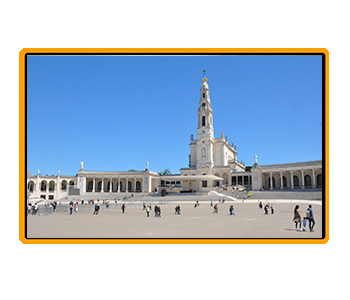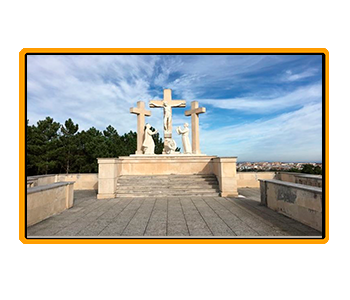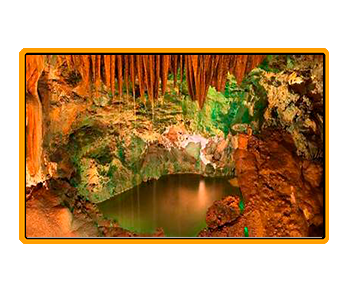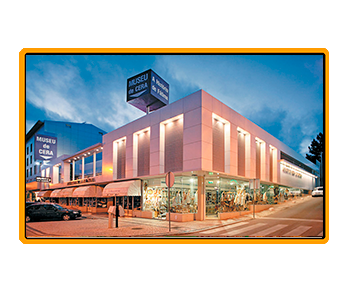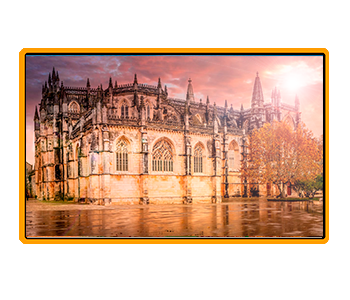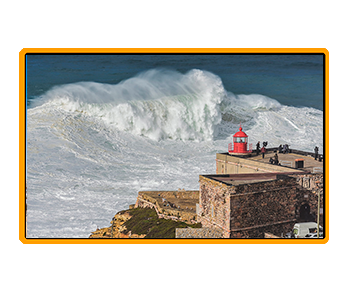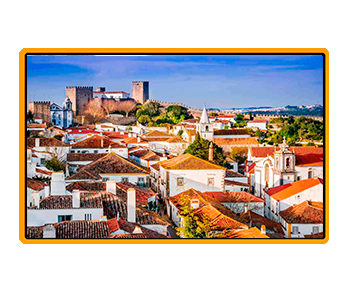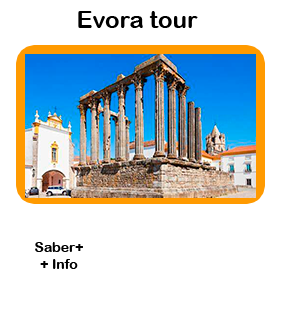Òbidos
Obidos was taken from the Moors in 1148, and the first charter was received in 1195, under the reign of D. Sancho I. Obidos was part of the dowry of numerous queens of Portugal. In 2007, Obidos Castle was declared the Seven Wonders of Portugal by the competition, the second of the seven most relevant monuments of Portuguese architectural heritage, and on December 11,
In 2015, UNESCO considered Obidos a literary city, as part of the Creative Cities Network program. Obidos is well known due to its transformation at the time of
Christmas as the town becomes "Vila Natal", also due to the Medieval Fair, where the castle returns to its medieval origins and the Chocolate Festival. The village is also well known for Ginjinha de Obidos, a traditional liqueur.
